What Is Acacia Gum: Acacia Gum Uses And History
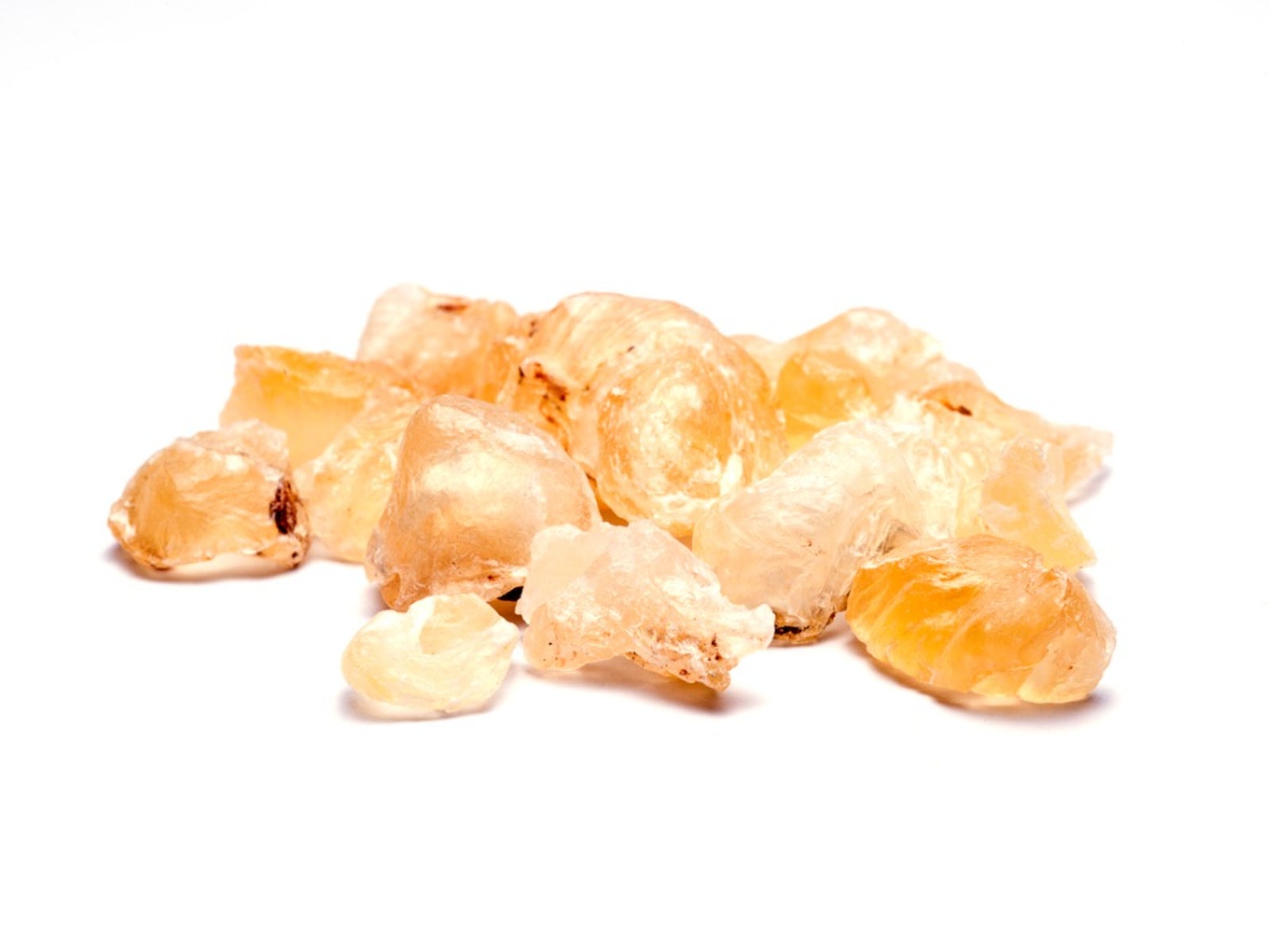

You may have seen the words "acacia gum" on some of your food labels. It is a common ingredient in many processed foods but is also important in some fabric production, pharmaceutical preparations, inks, and even certain pigment manufactures. Acacia gum comes from trees found in tropical Africa. Acacia gum has a long history of natural use in the region and is now easy to find in natural health stores around the world.
What is Acacia Gum?
Acacia gum is also called gum arabic. It is made from the sap of the Acacia senegal tree, or gum acacia. It is used medicinally as well as in the production of many items. In fact, the many acacia gum uses span numerous professional industries. It may even be an important part of everyday health. Further acacia arabic information can help you decide if you should include it in your diet. Much of the supply of acacia gum comes from the Sudan region, but also from Nigeria, Niger, Mauritania, Mali, Chad, Kenya, Eritrea, and Senegal. It comes from the thorny Acacia senegal tree where the sap bubbles up to the surface of the branches. Workers must brave those thorns to scrape the stuff off the bark as it occurs during the rainy season. The sap is dried using the naturally warm temperatures of the region. This process is called curing. Countless tons of the sap is sent annually to Europe for processing. There it is cleaned, dissolved in water, and dried again to create a powder. The sap is a cold, water soluble polysaccharide. In its gum form, the product thins out as temperature rises. These variable forms make it useful in a host of products.
Historical Gum Arabic Information
Gum arabic was first used in Egypt in the mummification process to adhere the bandage wrappings. It was even used in cosmetics. The substance was used to stabilize paint as early as biblical times. During the Stone Age, it was used as a food and an adhesive. Ancient Greek writings mention its use to relieve discomfort of blisters, burns, and stop nose bleeds. Later periods found artists utilizing it to bind pigments and in ink. More modern occurrences found it in glue, as part of textile manufacturing, and in early photographic prints. Today's uses are off the map and gum arabic can be found in most households.
Acacia Gum Uses Today
Acacia gum can be found in soft drinks, canned and frozen foods, snacks, and desserts. It is considered a stabilizer, flavor fixer, adhesive, emulsifier, and helps prevent crystallization in sugary foods. It is high in fiber and non-fat. In non-food use, it is part of paint, glue, cosmetics, carbonless paper, pills, cough drops, porcelain, spark plugs, cement, fireworks and much more. It improves textures, makes a flexible film, binds shapes, negatively charges water, absorbs pollutants, and is a nonpolluting binder when on fire. It is also used in the health food industry to lower cholesterol, suppress appetite, keep blood sugar regulated, and treat digestive issues.
Gardening tips, videos, info and more delivered right to your inbox!
Sign up for the Gardening Know How newsletter today and receive a free copy of our e-book "How to Grow Delicious Tomatoes".

Bonnie Grant is a professional landscaper with a Certification in Urban Gardening. She has been gardening and writing for 15 years. A former professional chef, she has a passion for edible landscaping.
-
 12 Lush Alternatives To A Lawn For Sustainable Spaces
12 Lush Alternatives To A Lawn For Sustainable SpacesAlternatives to a lawn are beautiful and also beneficial to your local ecosystem and its pollinators. Explore our top picks for plants to replace grass.
By Tonya Barnett
-
 Types Of Tomatoes Explained: Explore The Many Wonderful Shapes, Colors, Flavors, & Best Uses
Types Of Tomatoes Explained: Explore The Many Wonderful Shapes, Colors, Flavors, & Best UsesThe world of tomato varieties is vast and fascinating. Learn about the key types to grow in your garden, tailored to your preferences and space.
By Amy Grant
-
 Catclaw Acacia Facts: What Is A Catclaw Acacia Tree
Catclaw Acacia Facts: What Is A Catclaw Acacia TreeLooking for a small tree or large shrub that grows primarily along streambanks and washes, and in chaparral? Learn about catclaw acacia here.
By Mary H. Dyer
-
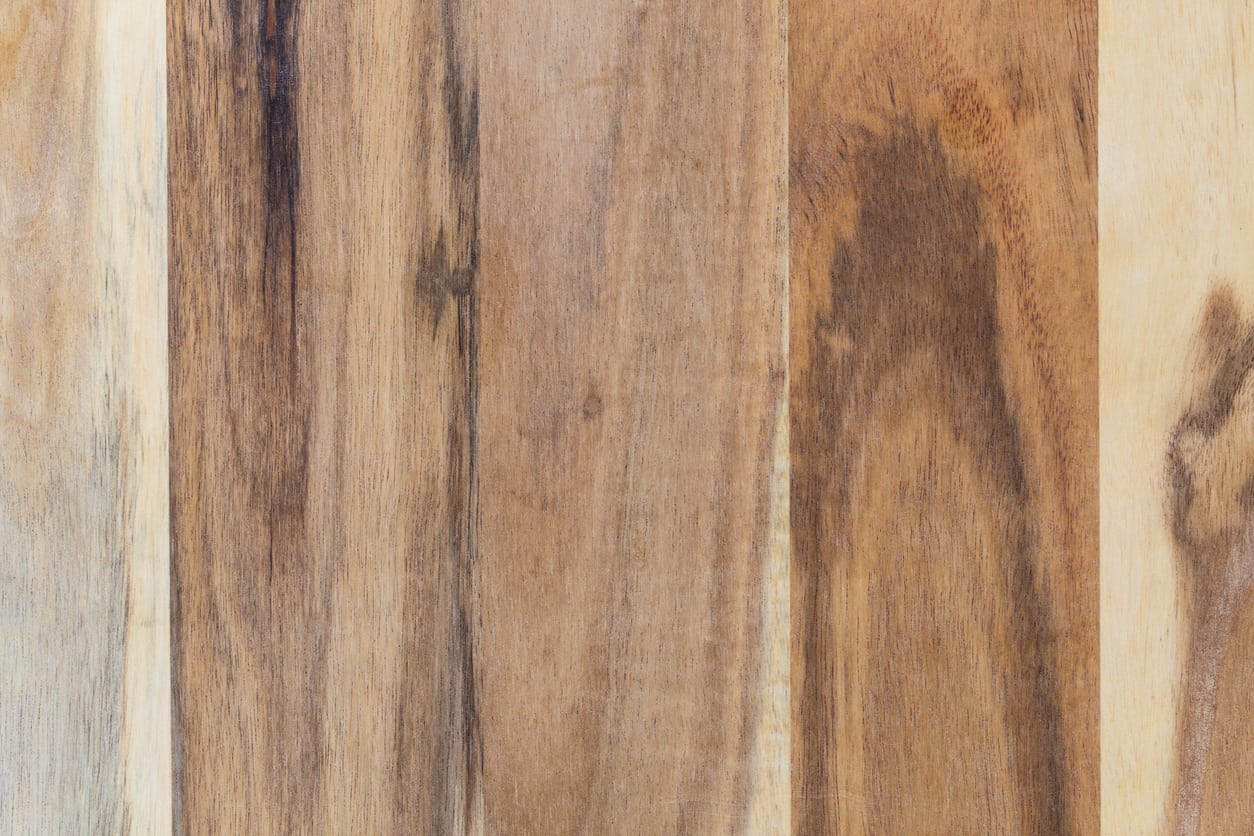 Wood From Acacia Trees: What Is Acacia Wood Used For
Wood From Acacia Trees: What Is Acacia Wood Used ForWood from acacia trees has been used by the Aboriginal people of Australia for centuries and is still in use. What is acacia wood used for? Acacia wood has many uses. The following article contains information on acacia wood uses and more.
By Amy Grant
-
 What Is A Bailey Acacia Tree – Tips For Growing A Bailey Acacia Tree
What Is A Bailey Acacia Tree – Tips For Growing A Bailey Acacia TreeThe Bailey acacia tree produces many pods filled with seed. It is a nitrogen fixing member of the pea family and can help improve soil. Here are some tips on growing a Bailey acacia so you can harness its benefits for your landscape and home.
By Bonnie L. Grant
-
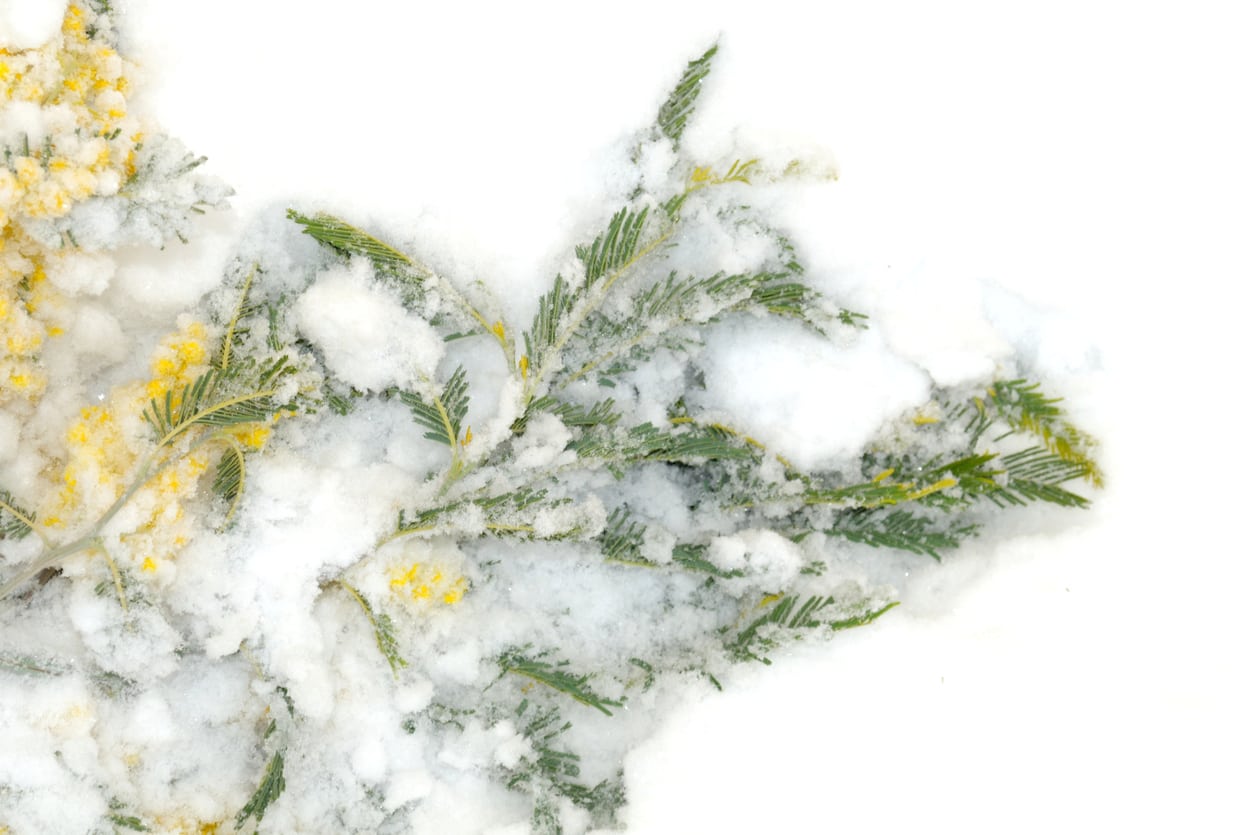 Acacia Winter Care: Can You Grow Acacias In Winter
Acacia Winter Care: Can You Grow Acacias In WinterCan you grow acacias in winter? The answer depends on your growing zone and the type of acacia you hope to grow. Learn more about hardy acacias and cold weather in this article. Click here for additional information.
By Mary H. Dyer
-
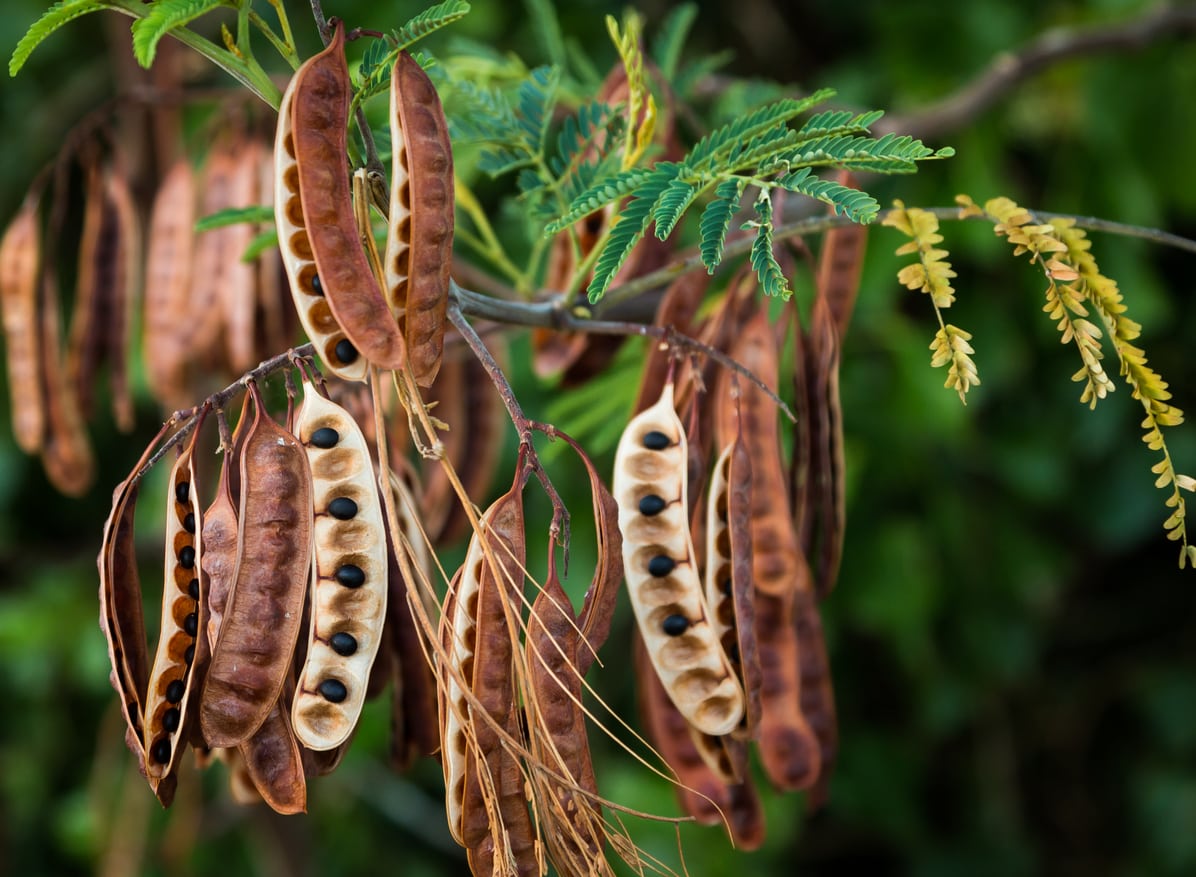 Propagating Acacia Trees – Learn How To Grow New Acacia Trees
Propagating Acacia Trees – Learn How To Grow New Acacia TreesWhile there is a lot of variety within the genus, acacias tend to be attractive, with beautiful yellow or white flowers and, in some cases, impressive thorns. But what do you do if you want more acacias in your life? Click here to learn more about acacia reproduction.
By Liz Baessler
-
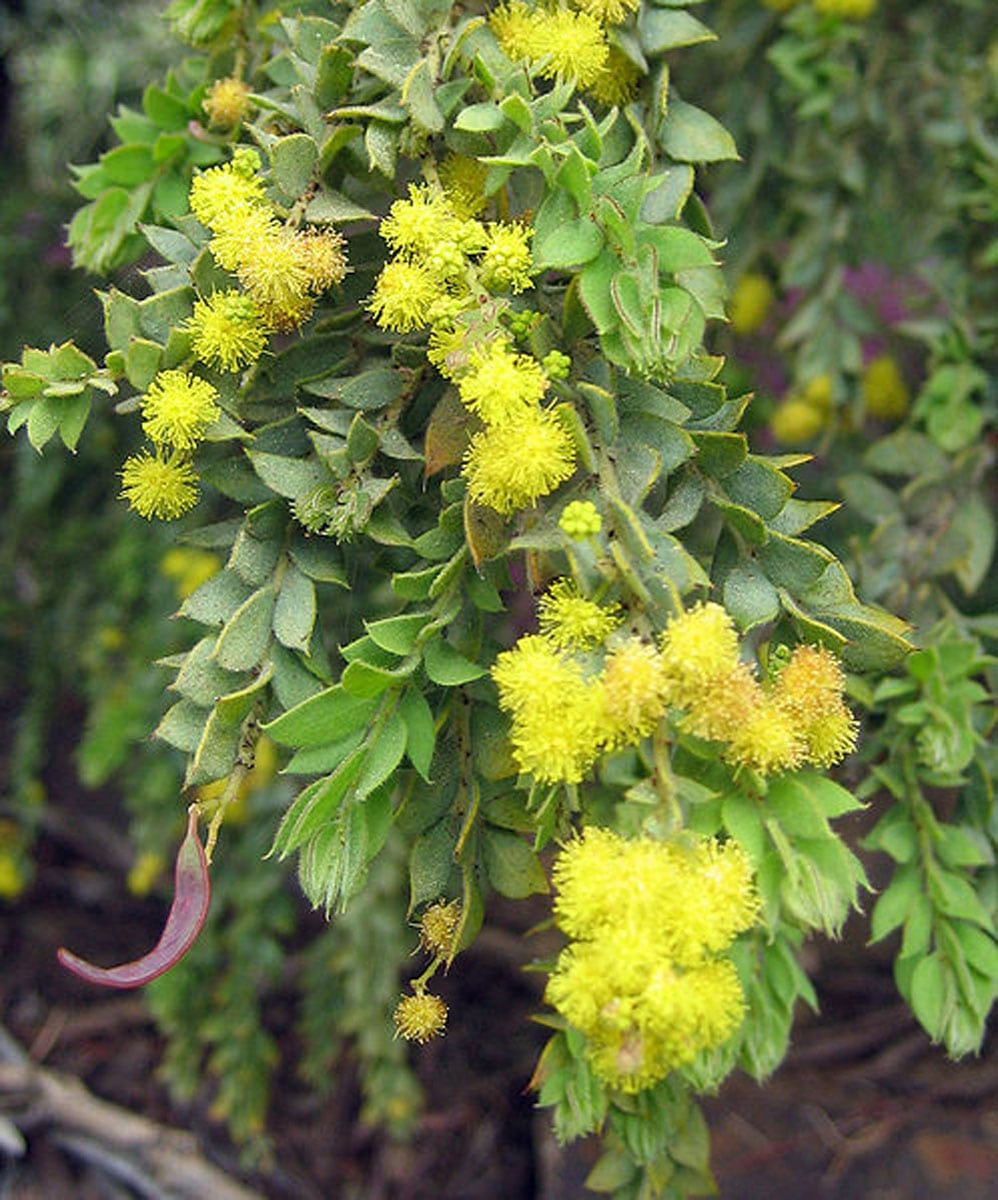 Knifeleaf Tree Care – Learn How To Grow Knifeleaf Acacia Trees
Knifeleaf Tree Care – Learn How To Grow Knifeleaf Acacia TreesAcacias are one of the wonders of the savannah. In Australia, these magnificent plants are called "wattle" and Knifeleaf acacia trees are an outstanding example of native flora. Some background on the tree, found here, will help you decide if the plant is right for your landscape.
By Bonnie L. Grant
-
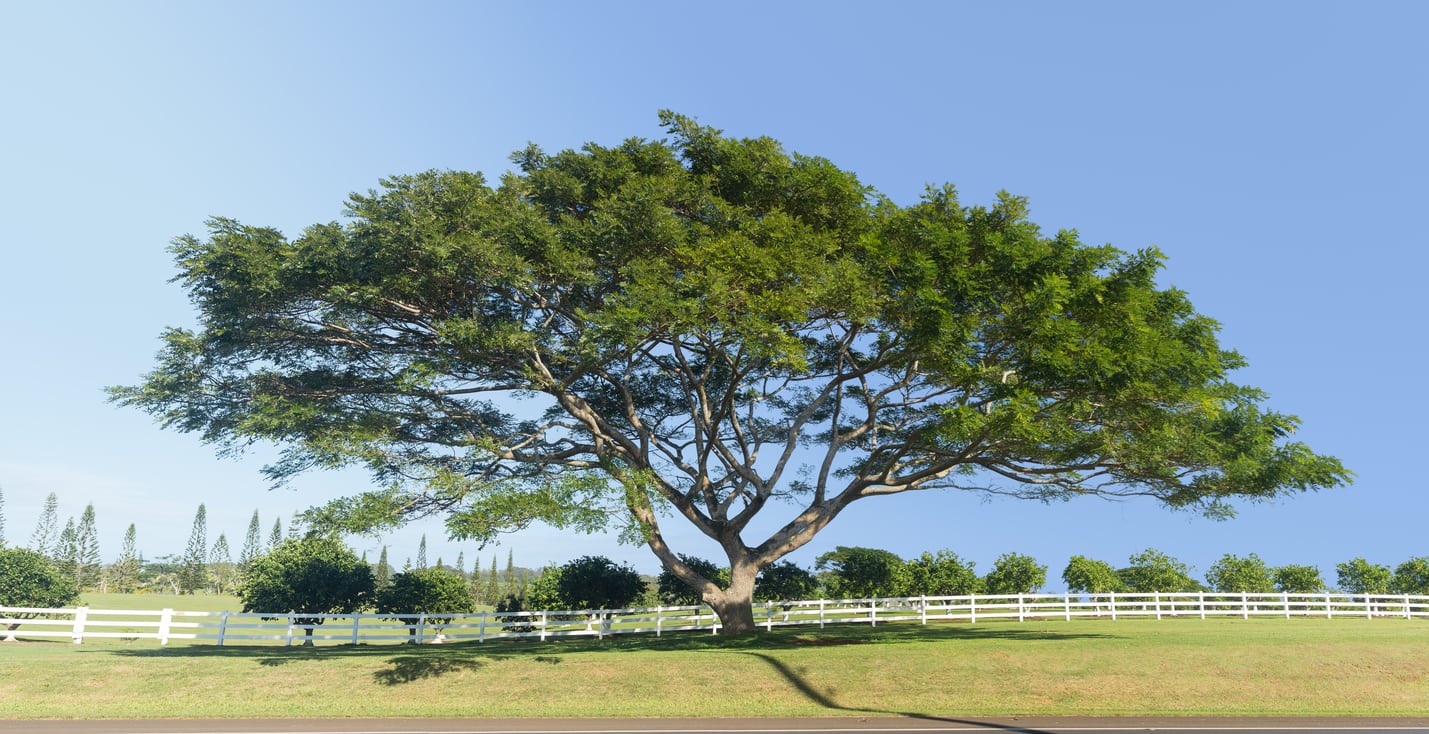 Acacia Koa Information And Care: Where Do Acacia Koa Trees Grow
Acacia Koa Information And Care: Where Do Acacia Koa Trees GrowGrowing a koa tree should only be attempted where the conditions are right, namely those of Hawaii, its native area. These are beautiful shade trees that do best in their natural habitat but can be grown to a shorter lifespan and smaller size. Click here for more info.
By Mary Ellen Ellis
-
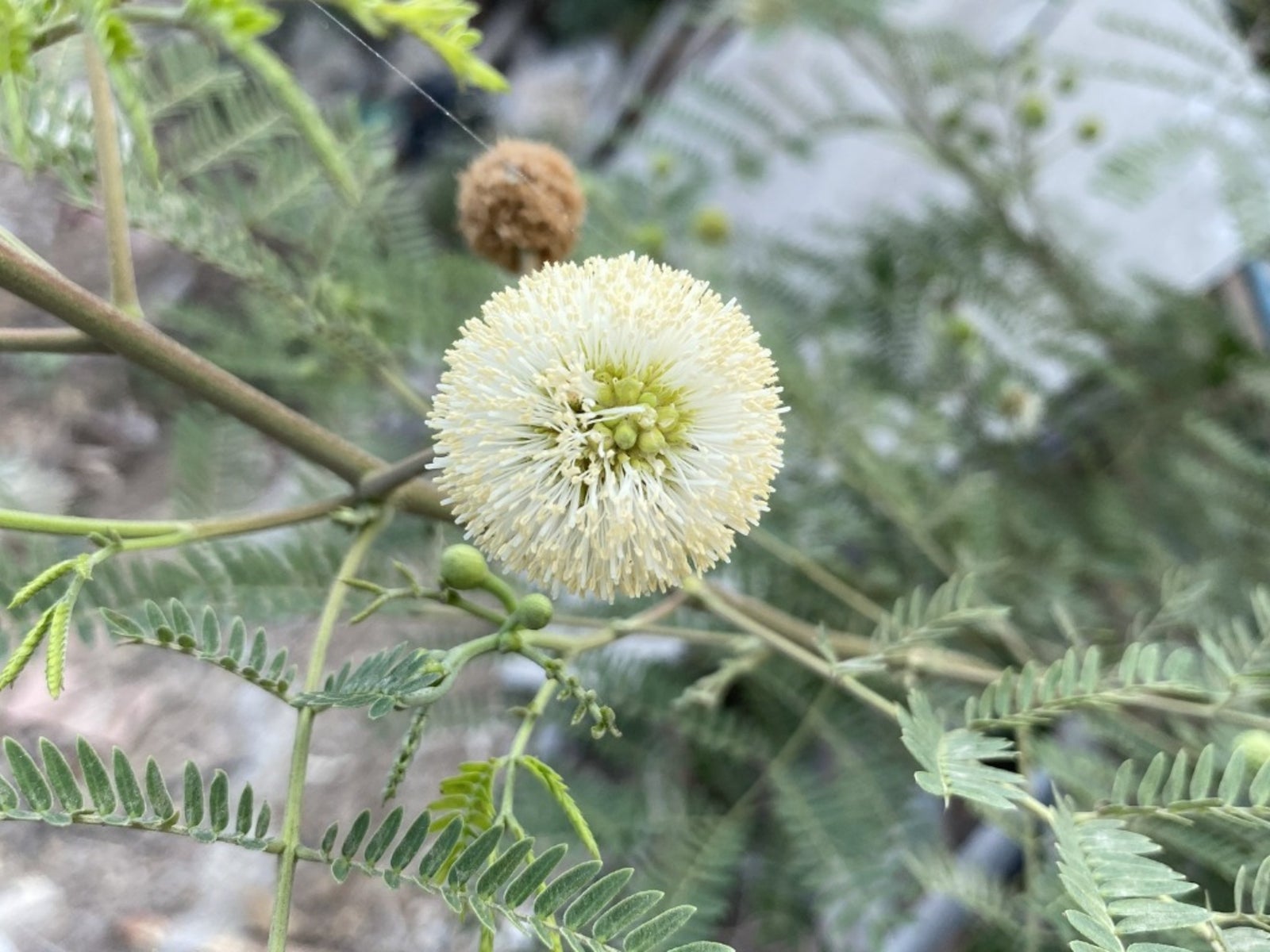 Guajillo Acacia Info – Tips For Growing A Texas Acacia Shrub Or Tree
Guajillo Acacia Info – Tips For Growing A Texas Acacia Shrub Or TreeThe guajillo acacia shrub is drought-tolerant and native to Texas, Arizona, and the rest of the Southwest. It is a great choice in landscapes and gardens for ornamental purposes and to screen areas or attract pollinators. Learn more about it in this article.
By Mary Ellen Ellis